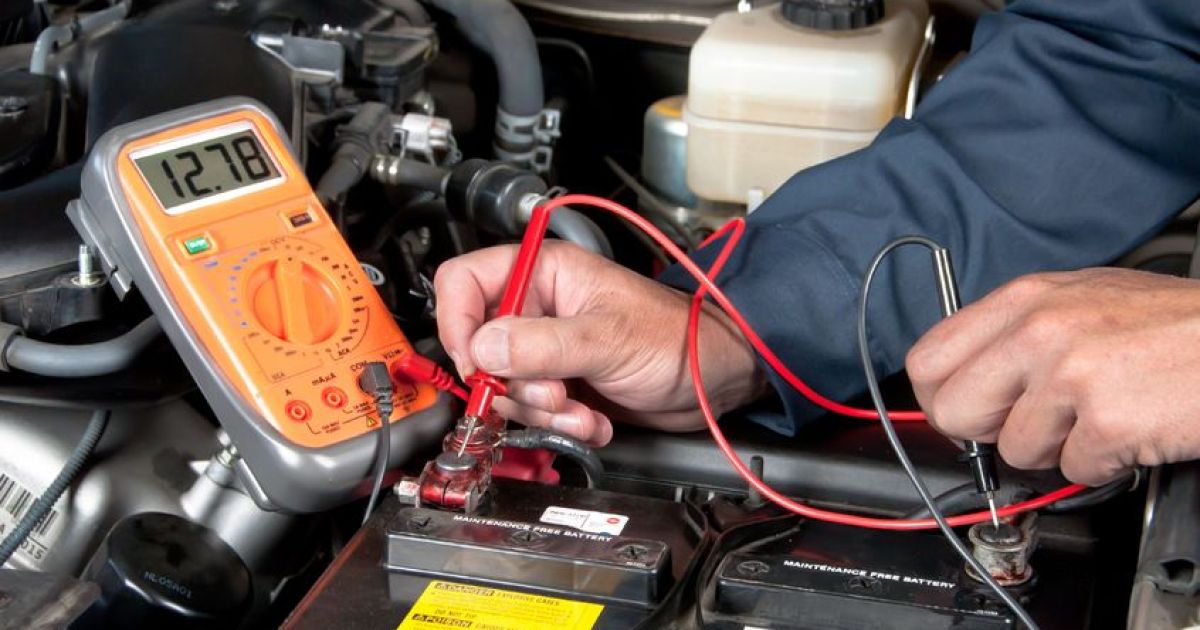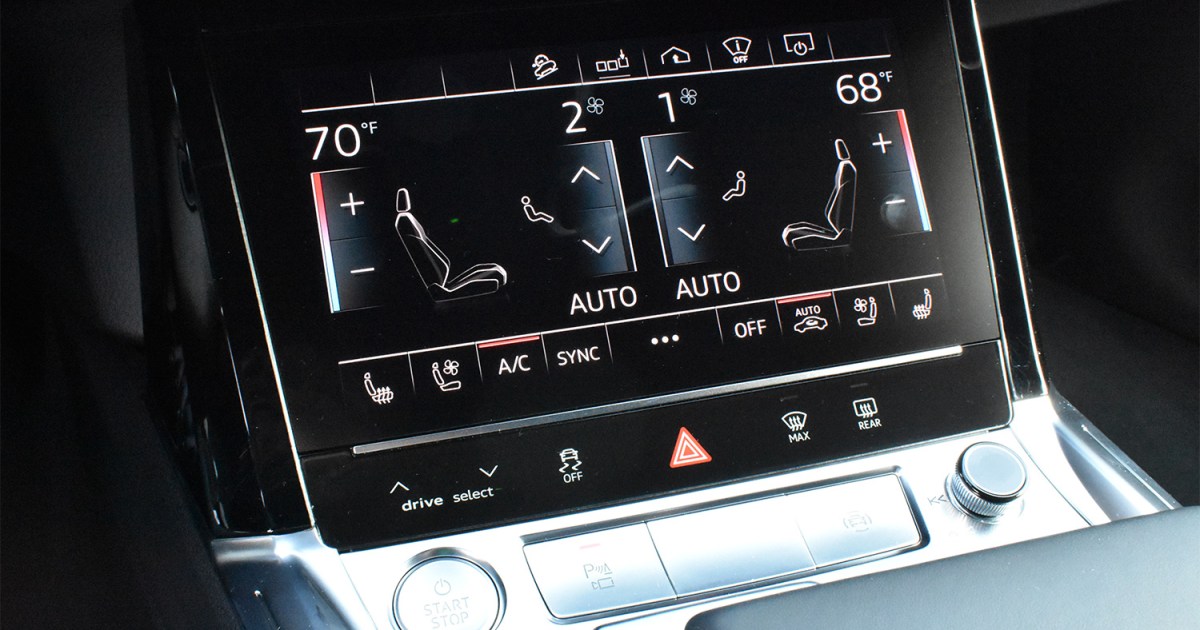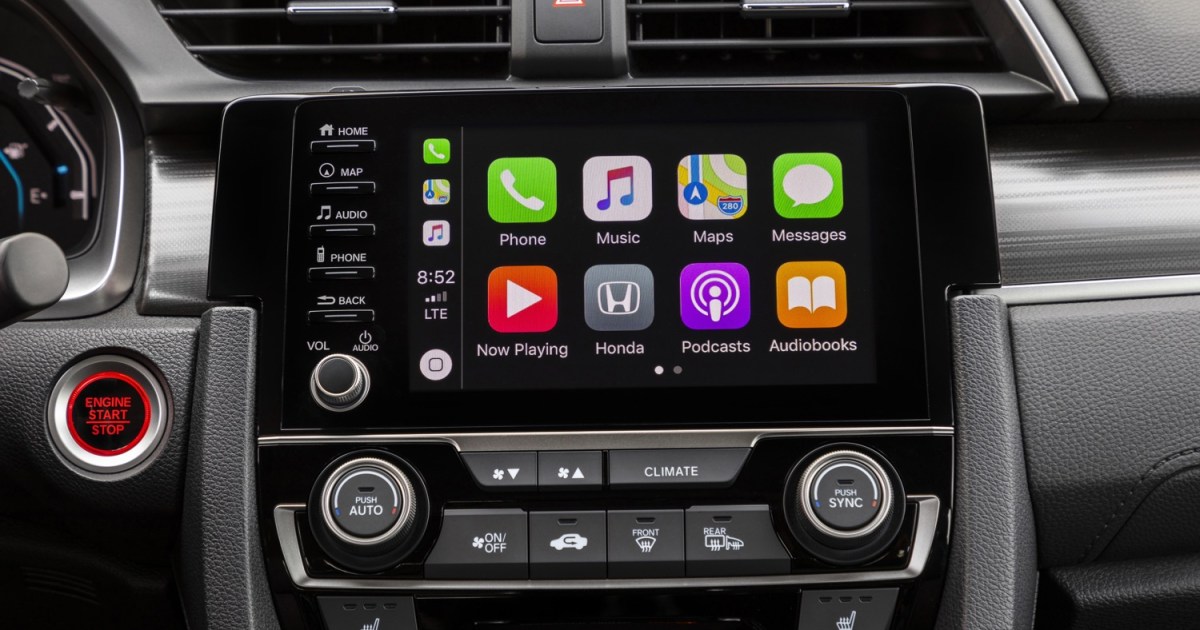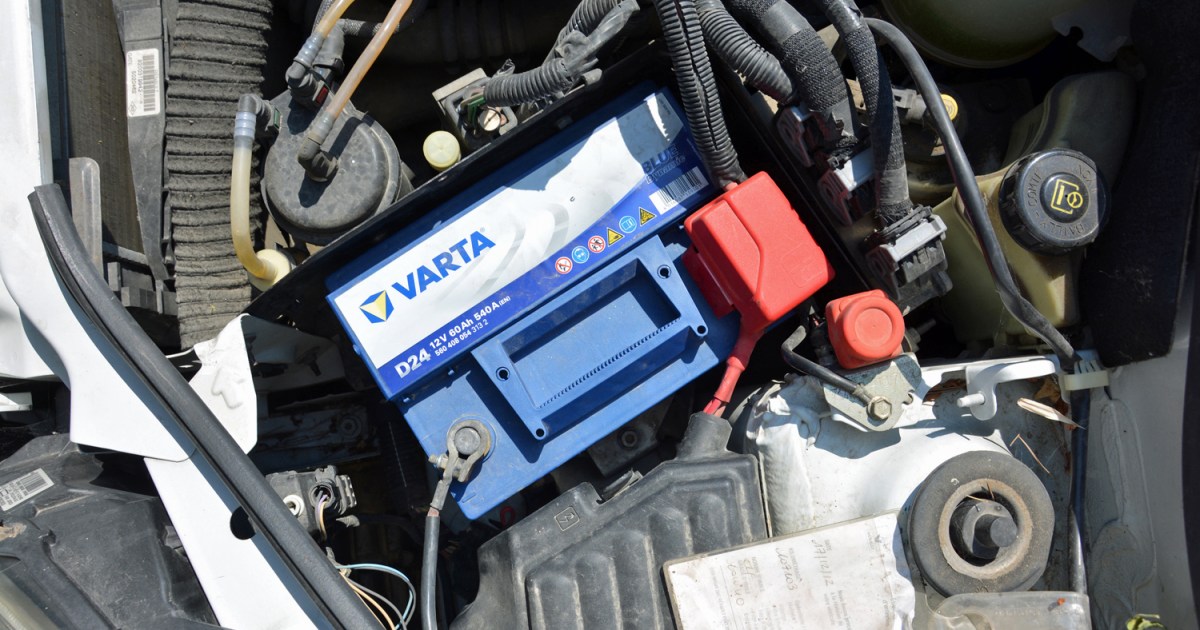A dead car battery is one of the most common and inconvenient car problems. While other issues like a faulty starter motor, alternator, or spark plugs can also prevent your car from starting, a dead battery is often the culprit. This guide will walk you through the simple process of testing your car battery’s voltage to determine its charge level.
Gathering the Necessary Tools
Testing your car battery is straightforward, but you’ll need a tool called a multimeter. These are readily available and inexpensive, and can be purchased at most auto parts stores or online. A multimeter quickly and accurately measures voltage. While analog multimeters exist, a digital multimeter is recommended for easier and more precise readings.
Locating Your Car Battery
In most vehicles, the battery is located under the hood, typically on either the left or right side of the engine compartment. You can identify it by its two terminals: a positive terminal (usually red and marked with a plus sign) and a negative terminal (usually black and marked with a minus sign). The terminals may connect directly to the battery or to a rectangular housing. Some cars have the battery covered by a plastic shield. If you can’t find your battery, consult your owner’s manual.
Testing the Battery Voltage
Once you’ve located the battery, ensure your car is completely turned off. If you’re using a digital multimeter, set the dial to DC voltage. Then, connect the multimeter’s black lead to the negative battery terminal and the red lead to the positive terminal. Hold the leads firmly in place until the multimeter displays a voltage reading.
The following table provides a general guide for interpreting the voltage reading (courtesy of yourmechanic.com):
| Voltage Reading | Charge Level |
|---|---|
| 12.66+ volts | 100% charged |
| 12.45 volts | 75% charged |
| 12.24 volts | 50% charged |
| 12.06 volts | 25% charged |
| 11.89 volts | 0% charged |
A reading of 12.45 volts or higher indicates a healthy battery. If your reading is below 75%, your car might still start, but it won’t be reliable. A reading below this threshold suggests your battery needs recharging or possibly replacement, especially if the battery is older.
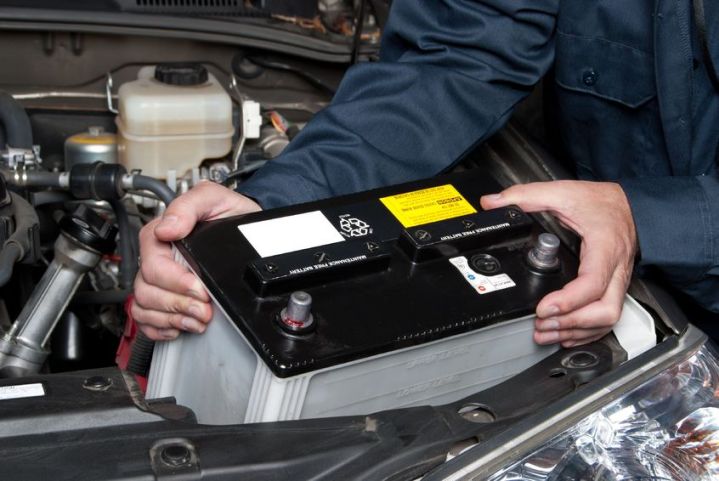 How to test a car battery
How to test a car battery
Seeking Professional Assistance
If you encounter any difficulties during this process, don’t hesitate to visit your local auto parts store. Most stores offer free battery testing and can assist with removal, recharging, and replacement if needed. This provides a convenient solution and allows you to consult with knowledgeable staff.
Conclusion
Testing your car battery voltage is a quick and easy way to diagnose starting problems. By following these steps and interpreting the voltage reading correctly, you can determine whether your battery is the source of the issue. This empowers you to take appropriate action, whether it’s recharging or replacing the battery, ensuring your car starts reliably every time.



